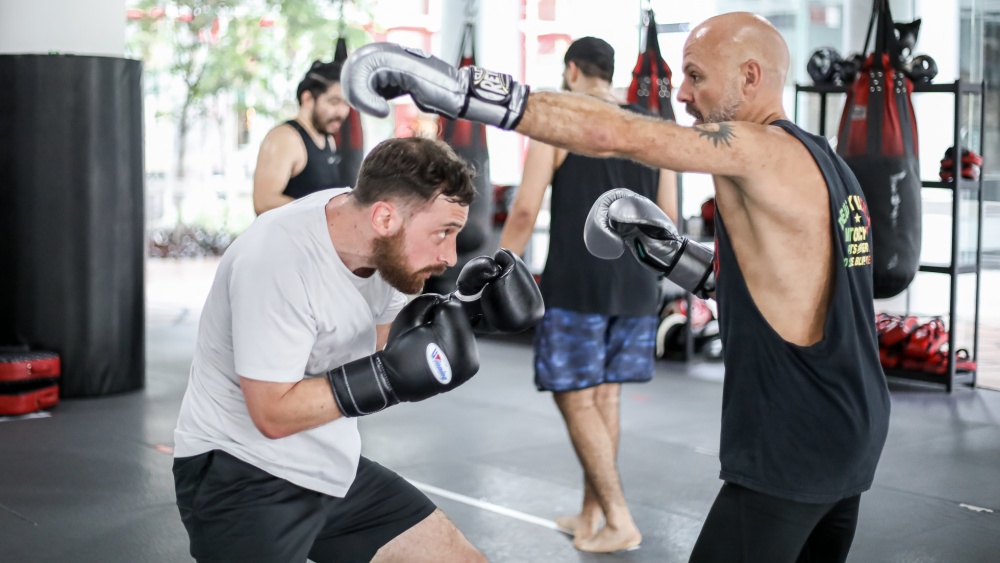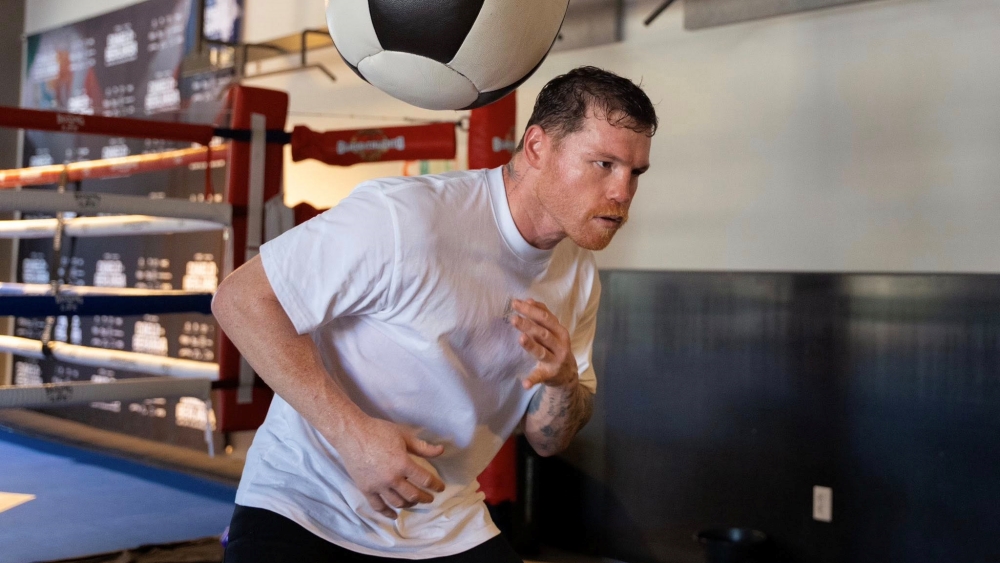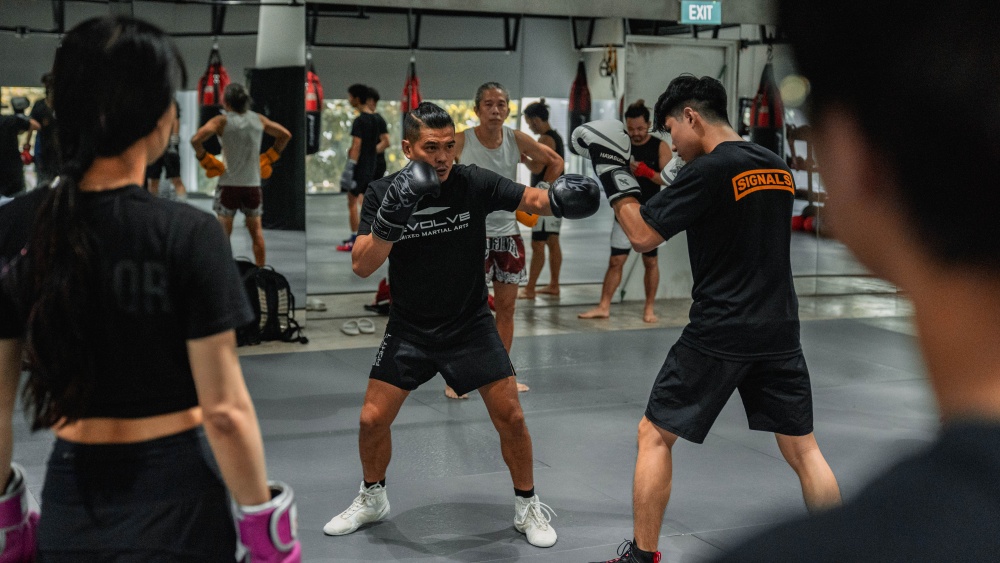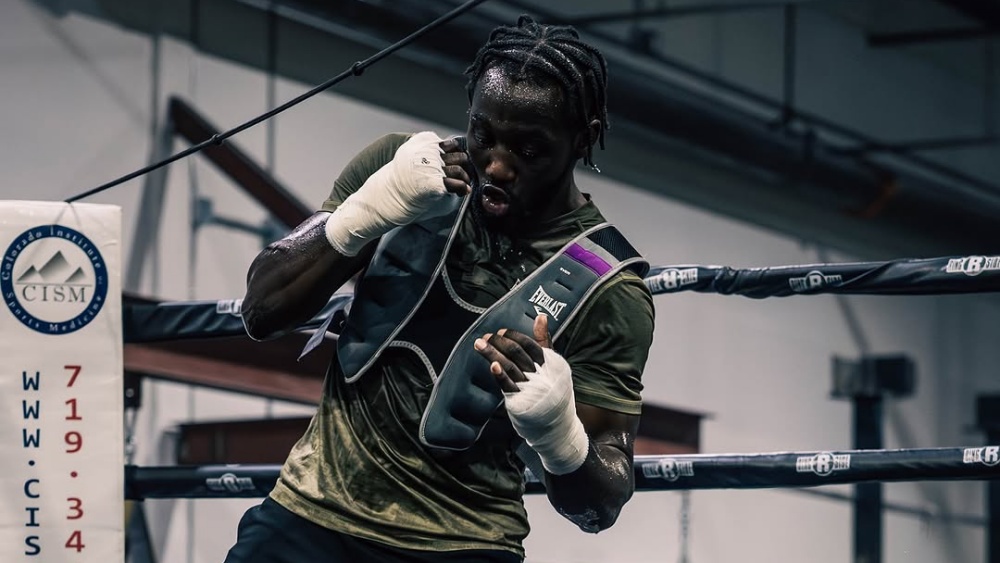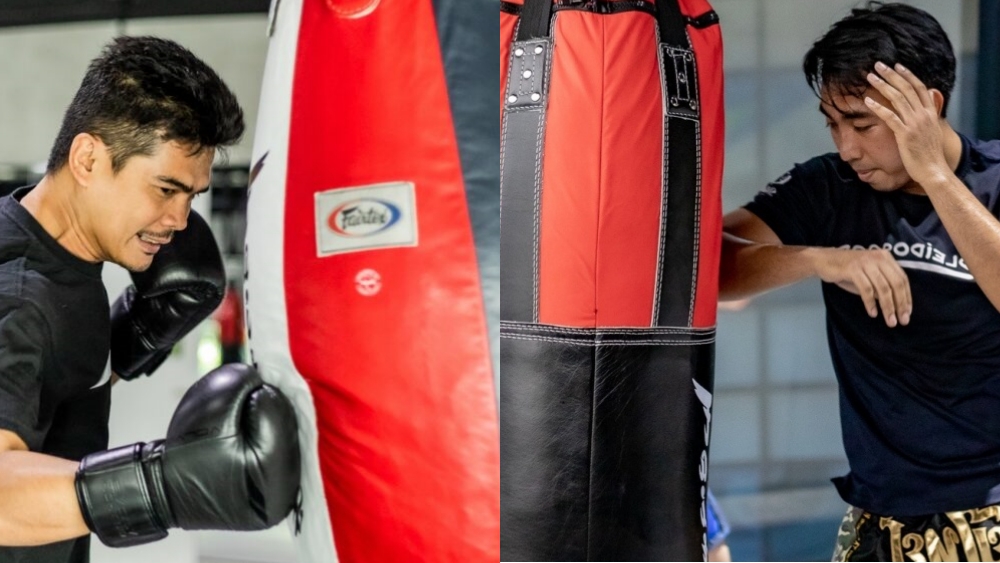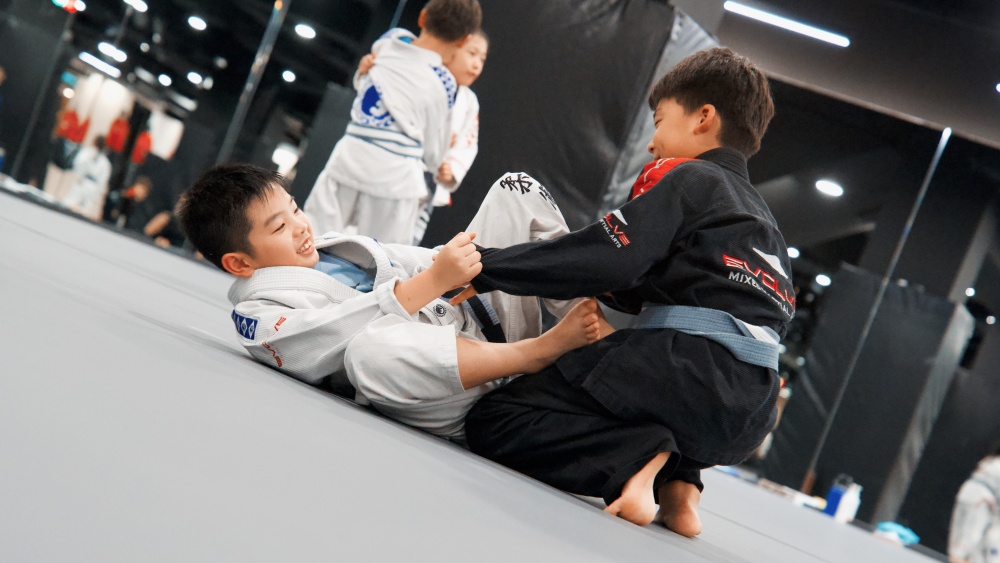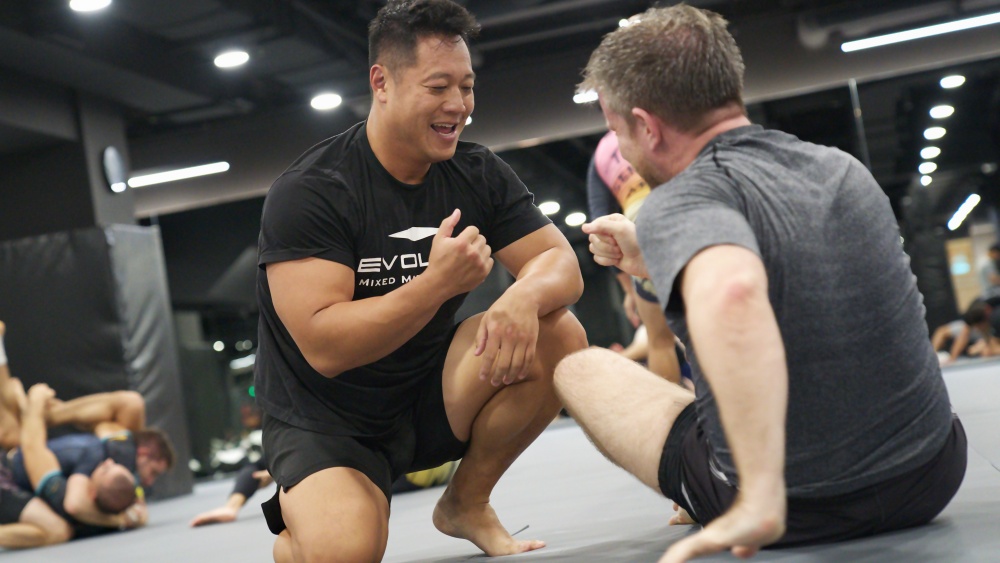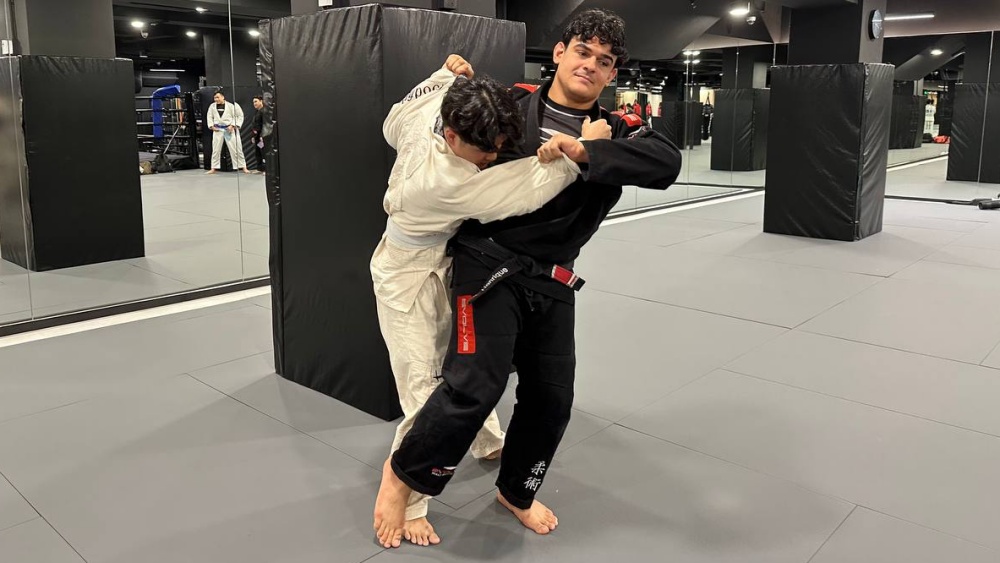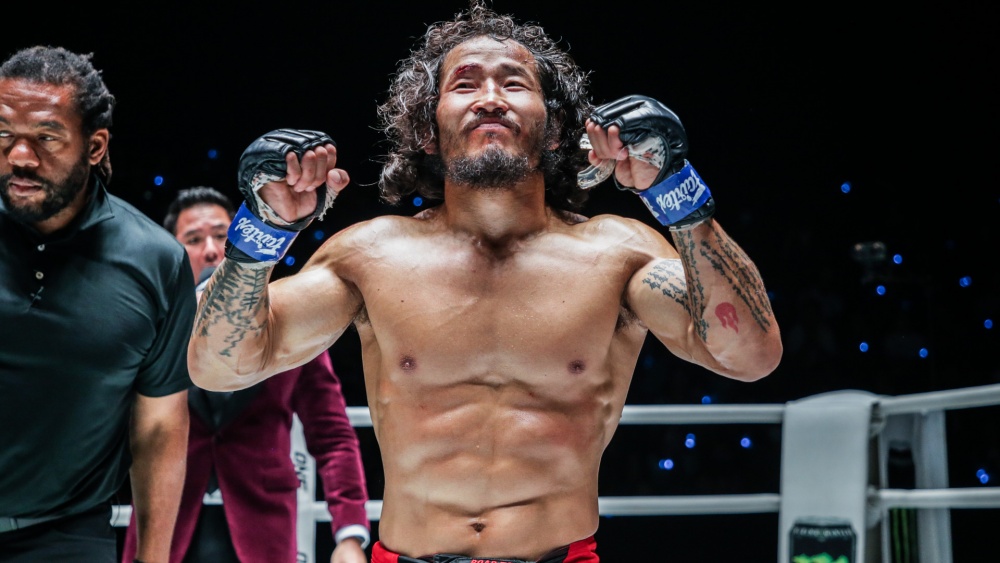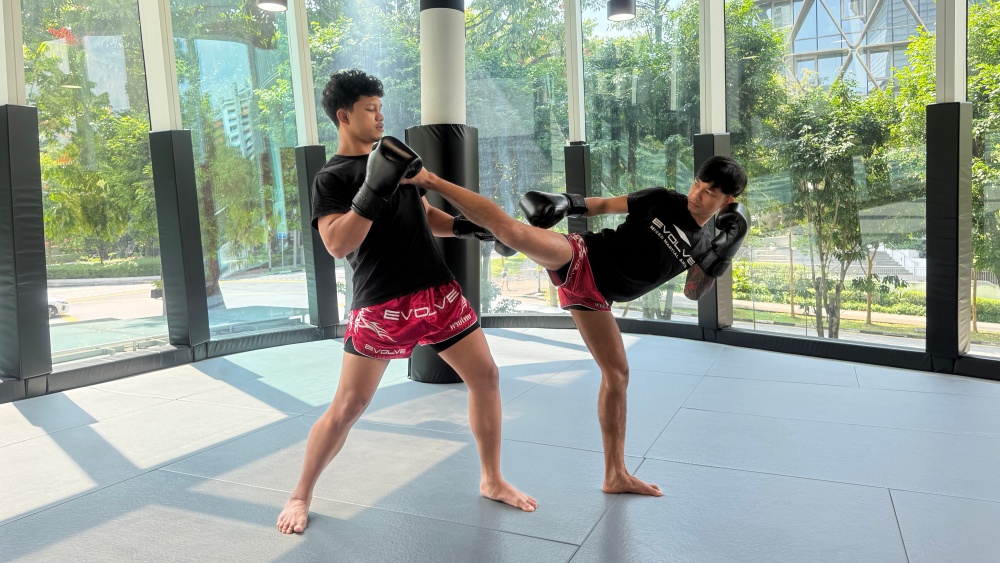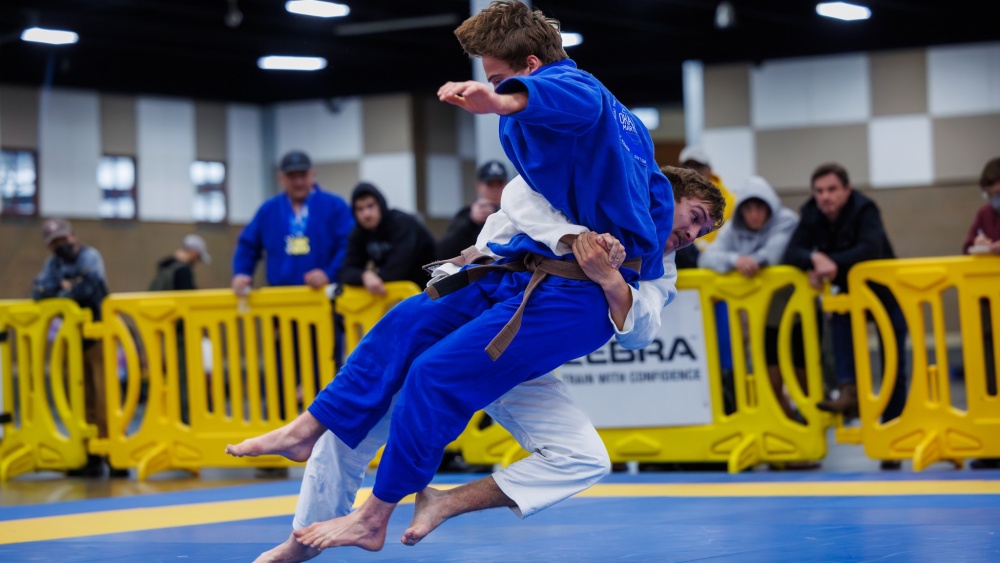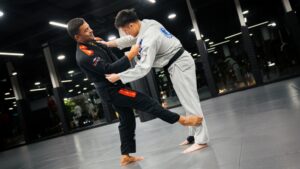Your environment significantly influences what works and what doesn’t in boxing. Even something that might seem insignificant to casual boxing fans, like the size of a boxing ring, influences which tactics work best. Smaller rings tend to force more action, while larger rings give evasive boxers more room to dance all over the ring.
The unpredictable nature of a self-defense scenario often influences which boxing techniques are most effective even more. How skills like combinations, footwork, and defense translate into real-world fights can vastly differ from how things work inside the ring. Some techniques transition more smoothly, while others could get you in serious trouble in an actual situation.
The Science Of Ring Boxing: Structured And Rules-Based
Boxers operate under a strict set of rules that are designed to ensure fighter safety and keep matches fair inside the ring. Rounds are timed, referees enforce the rules, wrists are protected with hand wraps, and gloves cushion the impact of your punches. Boxing training focuses on maximizing your effectiveness within this structured framework.
Techniques That Work In The Ring
Boxers spend years learning how to out-strike opponents in controlled environments. Some of the most effective techniques in the ring include:
- The Jab: This fast, straight punch is the foundation of many boxers’ offense. It’s a multipurpose tool that performs many duties, like measuring distance, disrupting an opponent’s offense, and setting up your other punches. Most successful professional boxers have extremely good jabs.
- The Hook: This powerful punch typically targets the side of an opponent’s head or body. It’s one of your most powerful offensive weapons.
- The Uppercut: Uppercuts are vertical-traveling punches that are aimed at the chin. The punch can weave through a standard guard because of its direction of travel.
- Head Movement: Head movement with techniques like slipping allows you to evade punches while staying in position to launch counters.
- Footwork: Footwork is a significant part of boxing as fighters use it to evade strikes, create openings, and control the distance.
These techniques work well in regulated bouts where both fighters adhere to the same rules, but they don’t quite work the same in situations where anything goes.
The Harsh Reality Of Self-Defense Scenarios: No Rules, No Gloves, No Second Chances
There are no hand wraps, padded gloves, or referees in a street fight, so don’t delude yourself into believing it’s the same as a boxing match. There could be multiple attackers, weapons drawn, or uneven terrain.
What Works In An Actual Scenario
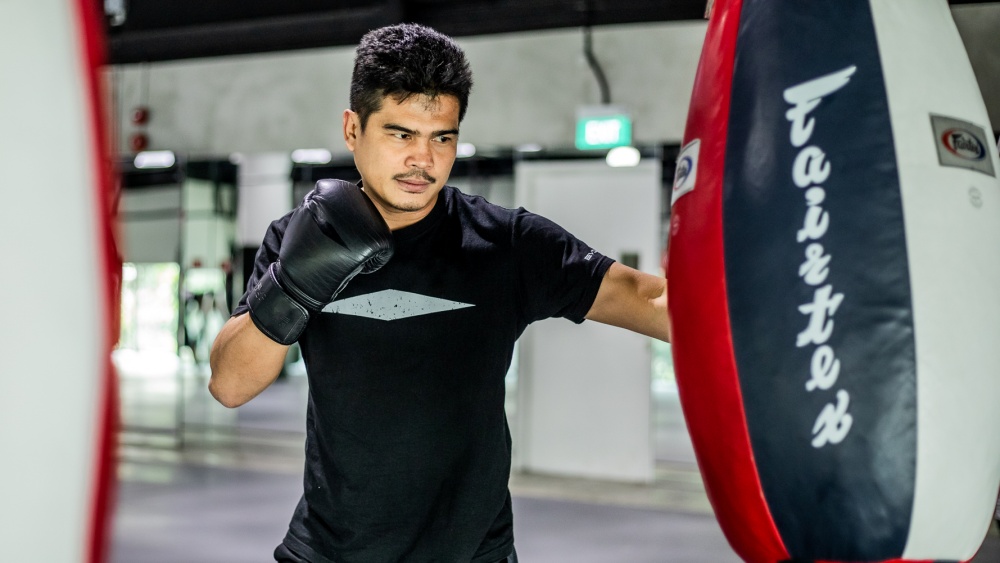
While we always recommend avoiding confrontation whenever possible, real life doesn’t always give you that choice. In those rare moments, knowing how to defend yourself and protect your loved ones can make all the difference. Some boxing techniques that translate especially well to real-world situations include:
- Straight Punches: While street fights often end up with both combatants swinging wild haymakers at each other, straight punches like the jab and cross are just as effective in self-defense situations. A jab can help break up whatever your opponent is planning for you, while a hard cross is more than enough to end a fight or stun your opponent for long enough to leave the area.
- High Guard: In real hand-to-hand combat, a high guard is far more practical than flashy defensive styles like the Philly shell. You don’t want to get knocked out in a street fight since that leaves you at your opponent’s mercy.
- Footwork: Footwork has its place in the streets, but it shouldn’t be your main focus since you don’t have the luxury of the even canvas of a boxing ring. One misstep and a sprained ankle could significantly hinder your ability to defend yourself.
- Body Shots: Body shots are incredibly effective in street fights and are gentler on your wrists. A hard hook to the liver is also more than enough to leave anyone rolling on the ground.
What Might Get You In Trouble
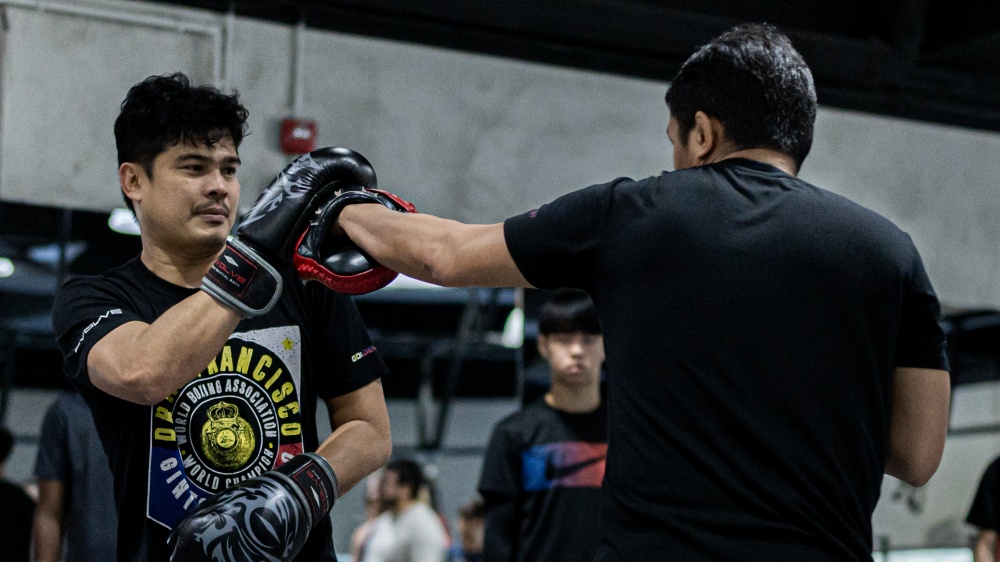
Some of the boxing techniques that can get you in a world of trouble include:
- Complex Combinations: Save your fancy five-punch combinations for your sparring partners. Limit combinations to two to three punches in self-defense situations. You don’t want to get caught with a desperate haymaker. Your goal is to get out fast.
- Over-Reliance On Head Movement: Techniques like slipping can be effective in the streets, but you don’t want to get carried away. For example, your opponent might throw a knee if you duck under everything they throw.
- Glove-Dependent Blocking: The massive gloves boxers wear make blocking punches much easier. You don’t have that luxury in a street fight, so prioritize evading strikes over blocking them.
- Fighting Flat-Footed: Boxers sometimes plant their feet inside the ring when throwing power punches, but you always want to be light on your feet in street fights so you can move out of the way of takedowns or multiple attackers.
Real Combat Training: Preparing For The Unexpected
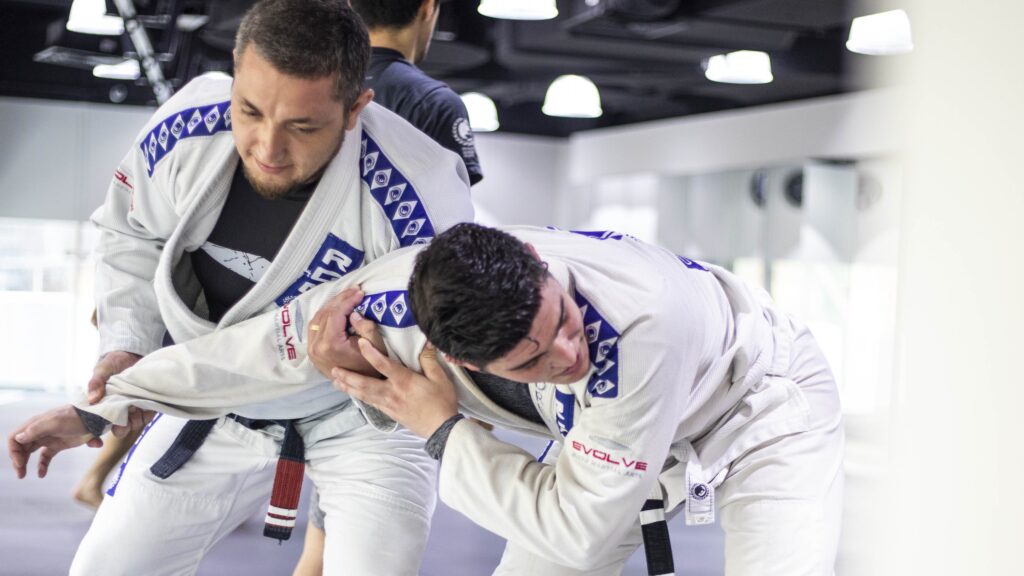
Boxing is an excellent fighting base, and many would argue it’s the best fighting style for the striking aspects of real fights. However, you’ll need to cross-train other martial arts to be prepared for the chaos of street boxing.
Some of the martial arts that complement boxing will include:
- Wrestling: Wrestling is an excellent choice for boxers to cross-train since it addresses their most significant weakness in street fights: limited grappling ability. Learning how to wrestle also translates into boxing since it improves a boxer’s ability to fight in the clinch.
- Brazilian Jiu-Jitsu: BJJ also fixes a boxer’s limited grappling skills and gives them submissions they can use to force compliance or put attackers to sleep.
- Muay Thai: Muay uses many techniques not taught in boxing that are effective in street fights, like clinch fighting, elbows, knees, and kicks.
Start Your Self-Defense Journey At Evolve MMA!
Evolve MMA offers complimentary Muay Thai, BJJ, Wrestling, and Boxing classes that prepare you for self-defense scenarios. Remember that the best street fight is the one you avoid, but it’s always better to be prepared since you don’t always have a choice. Curious about self-defense? Come try a complimentary class and learn from our World Champions directly!
Book your complimentary trial class with our World Champions below!
If you have any other questions regarding Evolve MMA and the programs we offer, you can get in touch with our membership executives at the following locations:
Evolve MMA (Far East Square)
26 China Street
Far East Square #01-01
Singapore 049568
Phone: (65) 6536 4525
Evolve MMA (Orchard Central)
181 Orchard Road
#06-01 Orchard Central
Singapore 238896
Phone: (65) 6536 4556
Evolve MMA (KINEX)
11 Tanjong Katong Road
#02-52 KINEX
Singapore 437157
Phone: (65) 6288 2293
Evolve MMA (Star Vista)
1 Vista Exchange Green
#02-26A The Star Vista
Singapore 138617
Phone: (65) 6539 9590

